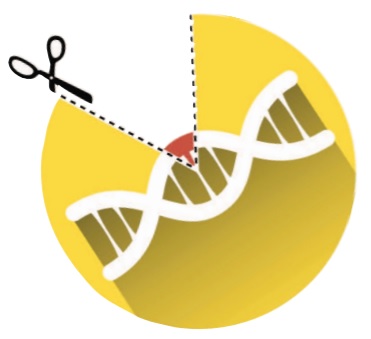|
CRISPR removes segments of genetic material by harnessing a naturally-occurring process that bacteria use to defend against viruses. CRISPR can also replace the deleted genetic material with new DNA. How is genome editing useful to researchers? Investigators can learn a great deal about what a gene does by observing what happens when the gene is removed from the genome of a living organism. It is also possible for researchers to experiment with repairing damaged DNA, including the numerous genetic mutations known to cause dystonia. Lilian Cruz, PhD of Massachusetts General Hospital recently earned a DMRF Research Fellowship for a project entitled "CRISPR/Cas9 system targeting specific DYT1 allele mutation in patient induced pluripotent stem cells (iPSCs): A strategy for phenotype reversion in iPSCs-derived neurons." Dr. Cruz is applying CRISPR to repair neurons that are abnormal due to a dystonia-causing mutation in the DYT1 gene. Her work will also explore how the mutated torsinA protein encoded by the gene interferes with the function of neurons. This may lead to new strategies to treat the disorder. |

 Recent advancements in technology are providing new opportunities for dystonia investigators to make discoveries that would otherwise be impossible. CRISPR (pronounced 'crisper') is a unique method that represents the latest in genome editing technology. CRISPR can be used to edit the genetic material of living organisms. What makes CRISPR extraordinary is that it makes it easier, faster, and more precise to edit DNA than any previous method. While reports in the news media focus on the potential use of CRISPR for genome editing in humans, the main application of this method has been in basic research using cell and animal models.
Recent advancements in technology are providing new opportunities for dystonia investigators to make discoveries that would otherwise be impossible. CRISPR (pronounced 'crisper') is a unique method that represents the latest in genome editing technology. CRISPR can be used to edit the genetic material of living organisms. What makes CRISPR extraordinary is that it makes it easier, faster, and more precise to edit DNA than any previous method. While reports in the news media focus on the potential use of CRISPR for genome editing in humans, the main application of this method has been in basic research using cell and animal models.